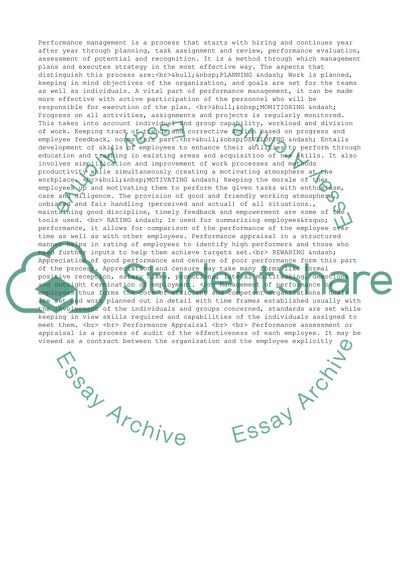Cite this document
(“Performance and Human Resource Development Essay”, n.d.)
Retrieved from https://studentshare.org/management/1513897-performance-and-human-resource-development
Retrieved from https://studentshare.org/management/1513897-performance-and-human-resource-development
(Performance and Human Resource Development Essay)
https://studentshare.org/management/1513897-performance-and-human-resource-development.
https://studentshare.org/management/1513897-performance-and-human-resource-development.
“Performance and Human Resource Development Essay”, n.d. https://studentshare.org/management/1513897-performance-and-human-resource-development.


